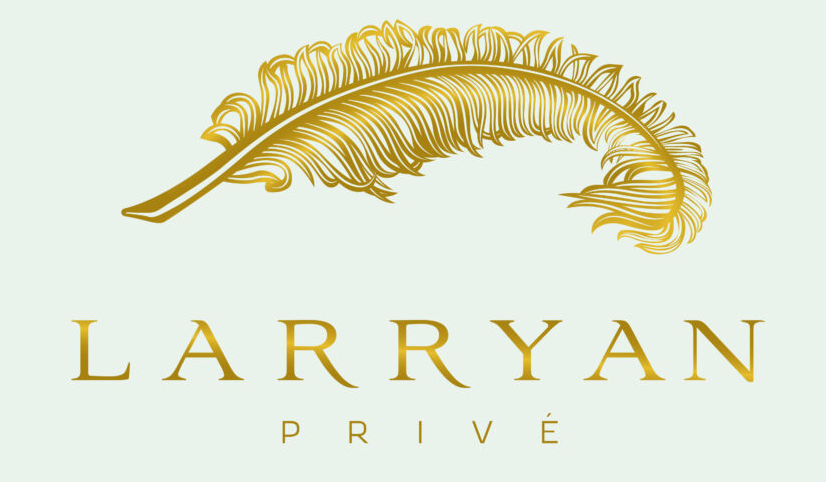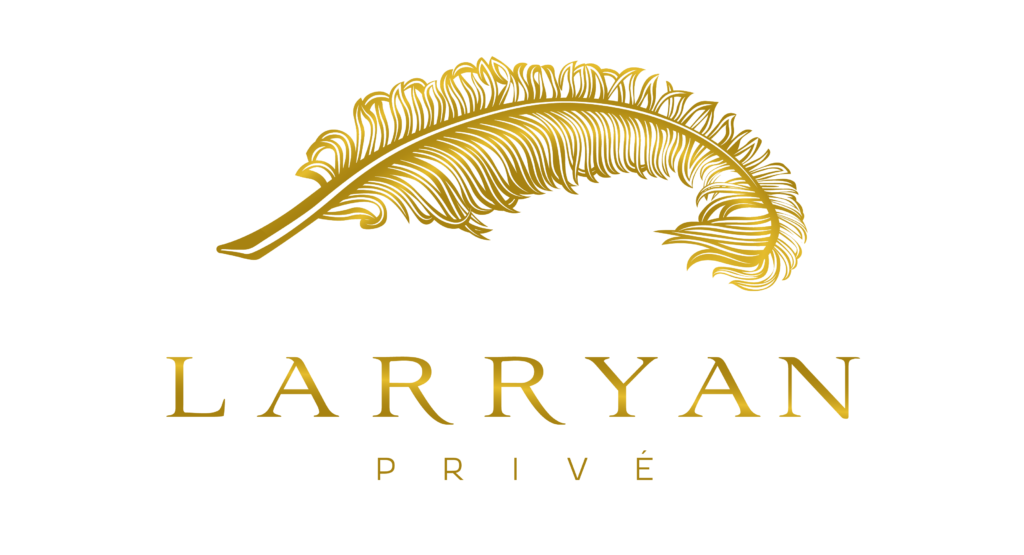18k gold is available in three distinct colour variations: white, yellow, and rose. Regardless of colour, all 18k gold consists of 75% pure gold, with the remaining 25% comprising a blend of different metals to enhance strength and achieve the desired hue.
White gold undergoes an additional treatment to refine its colour, involving plating with a white metal called rhodium to mask any yellowish undertones resulting from the gold content. Over time, this plating naturally diminishes and necessitates reapplication every 6-18 months to maintain its luminosity.
Conversely, rose and yellow golds do not require plating as their hues are inherent to the gold content.
For those seeking a more budget-friendly option, gold rings can also be crafted with lower gold content. 9k gold, available in white, yellow, and rose varieties, is marginally less expensive than 18k gold due to its reduced gold purity. However, it is essential to note that 9k gold may be comparatively more brittle and prone to fracturing than its 18k counterpart. Consequently, the suitability of 9k gold for wedding rings should be carefully considered based on individual lifestyle factors.











